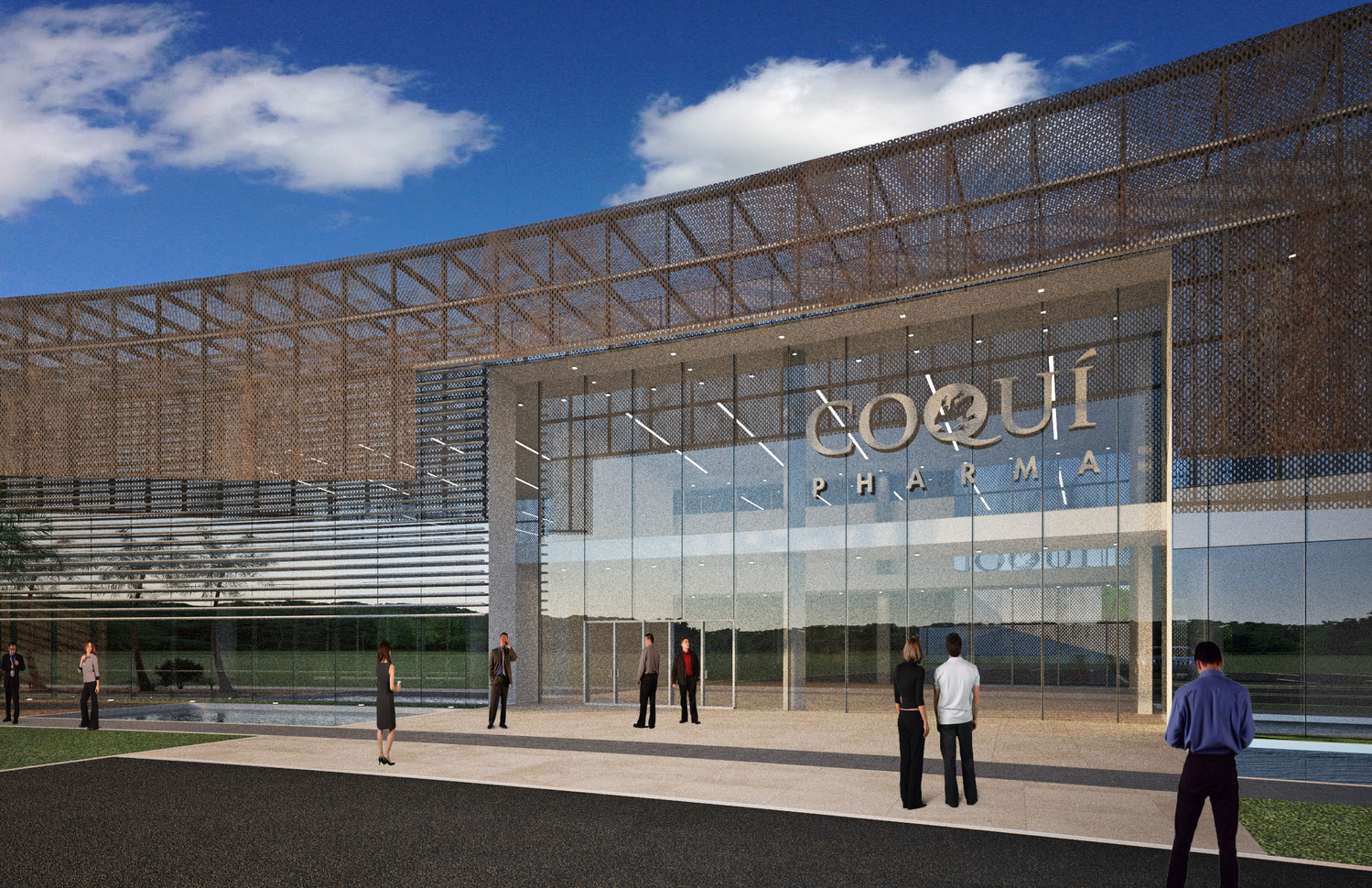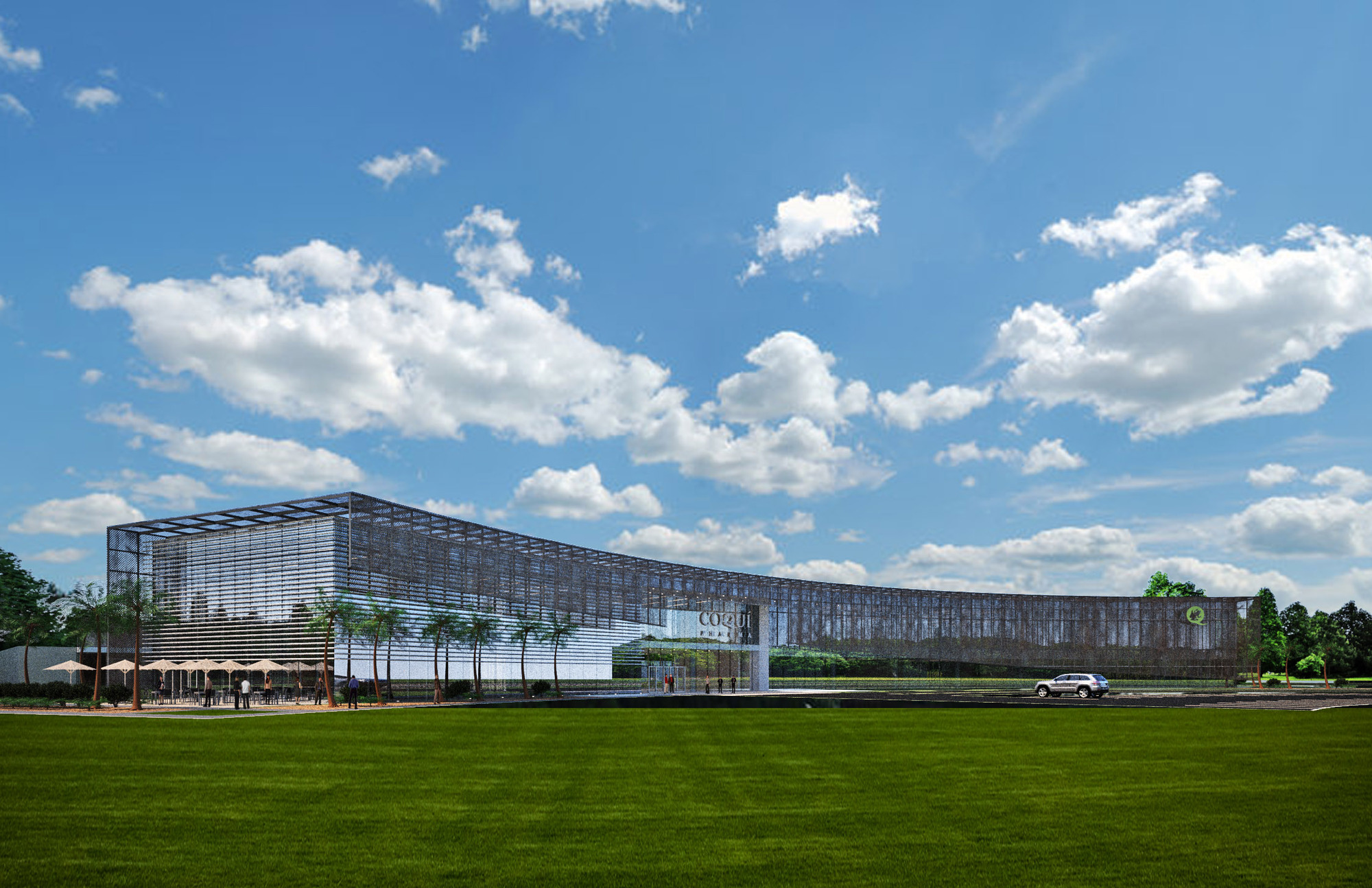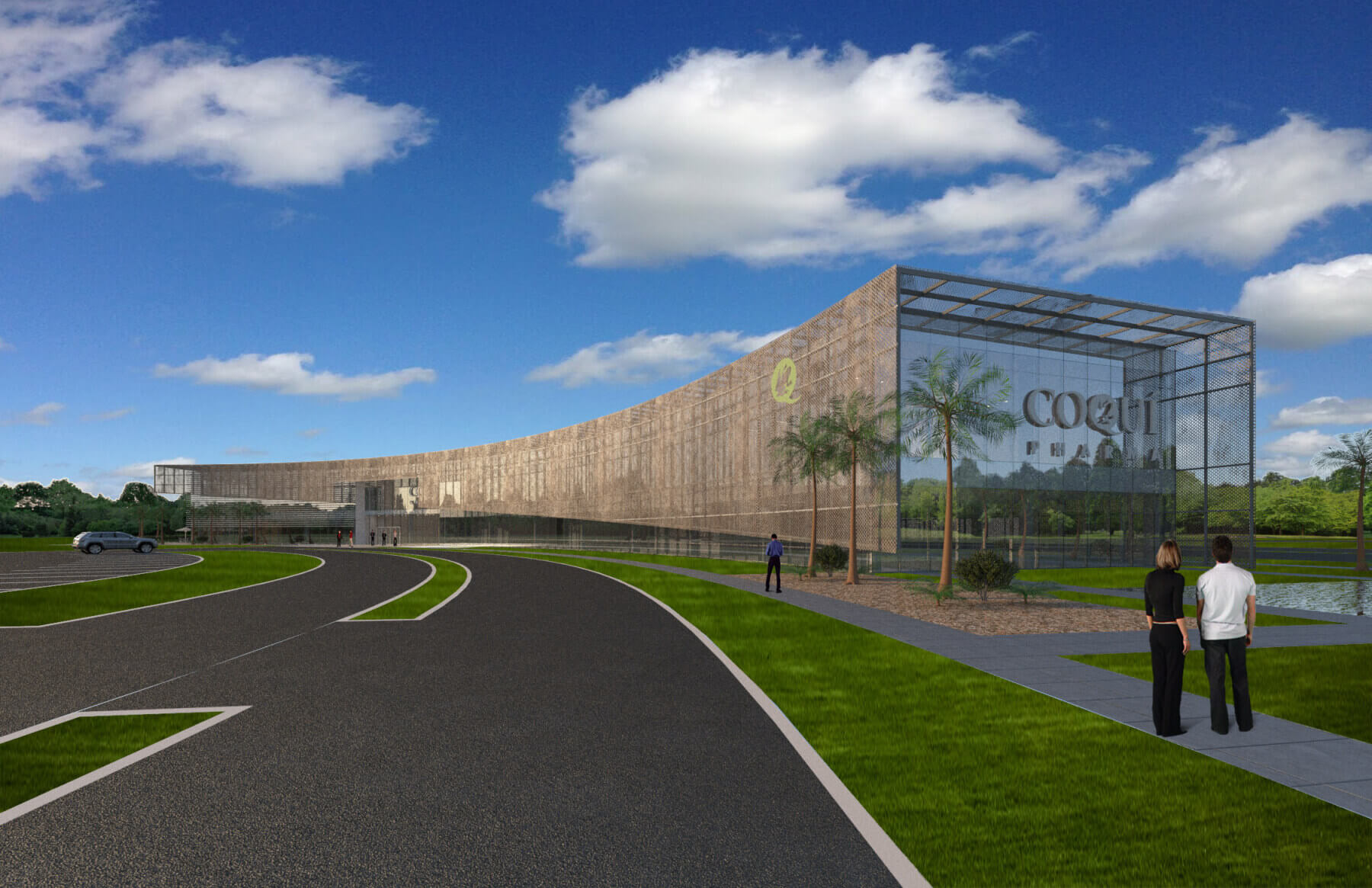
The design of the radioisotope production facility is based on a proprietary process that has been implemented in several other countries. This process involves two small nuclear reactors, as well as redundant isotope production lines, glove boxes, material handling systems, and waste handling systems. The production flow is fully redundant, and personnel are separated from the process through physical barriers and automated material handling. Waste handling is also highly automated to maintain safe practices. The facility design includes power substation, water and wastewater systems, special structural supports, walls, and containment.

Design was carried to 30% completion and significant progress was made in a path to Nuclear Regulatory Commission (NRC) licensing when the project went on hold. The project will support the company’s unique production needs with highly tailored process-driven design, while also serving as an inspiring, modern and sustainable landmark. The headquarters design supports Coquí Pharma’s goal to operate with a minimum energy consumption rate and limited carbon dioxide emissions by mitigating solar exposure and enhancing the control of daylight throughout the building.
